

Anthony Crawford
1990 Lamborghini Countach review
6 Days Ago
It's on its last legs but the iMax is still hugely useful and dead easy to drive around town. Unfortunately it's not big on safety features.
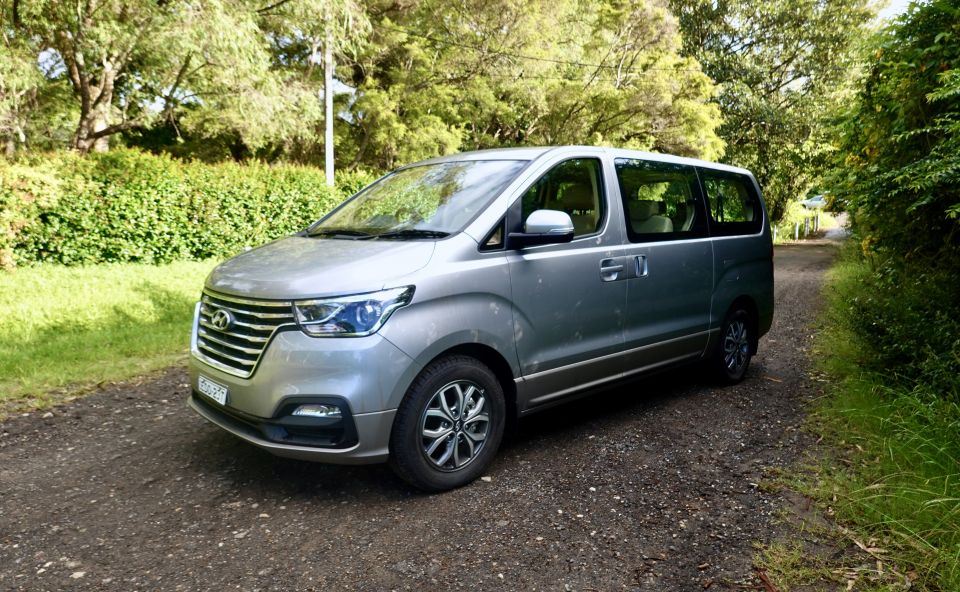
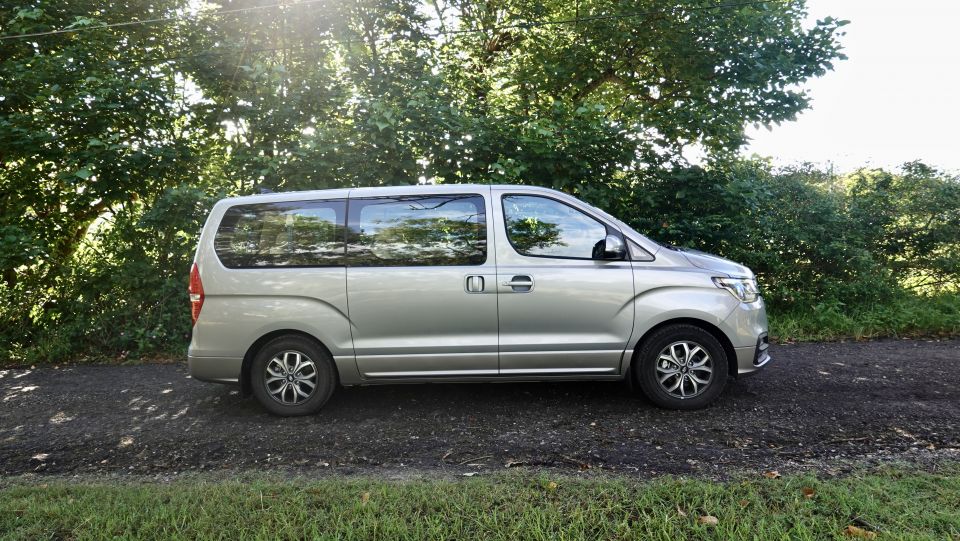

Senior Road Tester
New from
$43,990
excl. on-roads

Senior Road Tester
New from
$43,990
excl. on-roads


Senior Road Tester
New from
$43,990
excl. on-roads

Senior Road Tester
New from
$43,990
excl. on-roads
Quickly see how this car stacks up against its competition. Select any benchmark to see more details.
Where expert car reviews meet expert car buying – CarExpert gives you trusted advice, personalised service and real savings on your next new car.
At one point I would have been the last person to go shopping for a full-sized people mover like the Hyundai iMax, but over the years I’ve come to see things differently.
Don’t get me wrong, I’d kill for a Ford Ranger Raptor for no other reason other than I love the design and don’t mind sitting high for better vision in traffic.
It’s not that we have a super-size family, nor do I currently coach a team sport, but I love my surfing and occasionally like to haul my nine-foot-four mal to the beach rather than the usual quiver of shorter sticks. Occasionally, I also like to throw the Norco in the boot and go for a mountain bike ride down near Manly Dam.

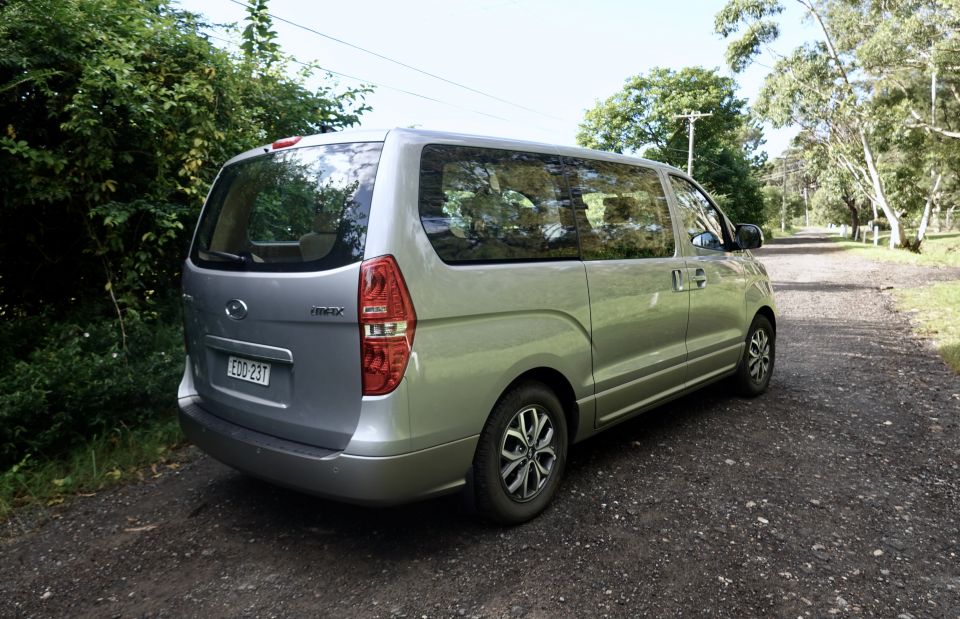
That’s where utes are pretty much useless. They can’t swallow long objects like surfboards without resorting to trundle trays and H racks, resulting in even more inconvenience than standard roof racks. No thanks.
Here’s the thing, I genuinely loathe strapping these boat-size boards to roof racks and the hassle of repeating that painful task when heading home. First-world problem, I agree.
It’s quicker and effortlessly easier to slide the boards through the tailgate and be on your merry way. But you need a bowling-alley-sized cabin with plenty of height to safely transport these logs without impeding the front row seating.
The other reason to consider something like an iMax is the dual siding doors allowing easy access to gear, even in the stupidly narrow parking spots along Manly these days.
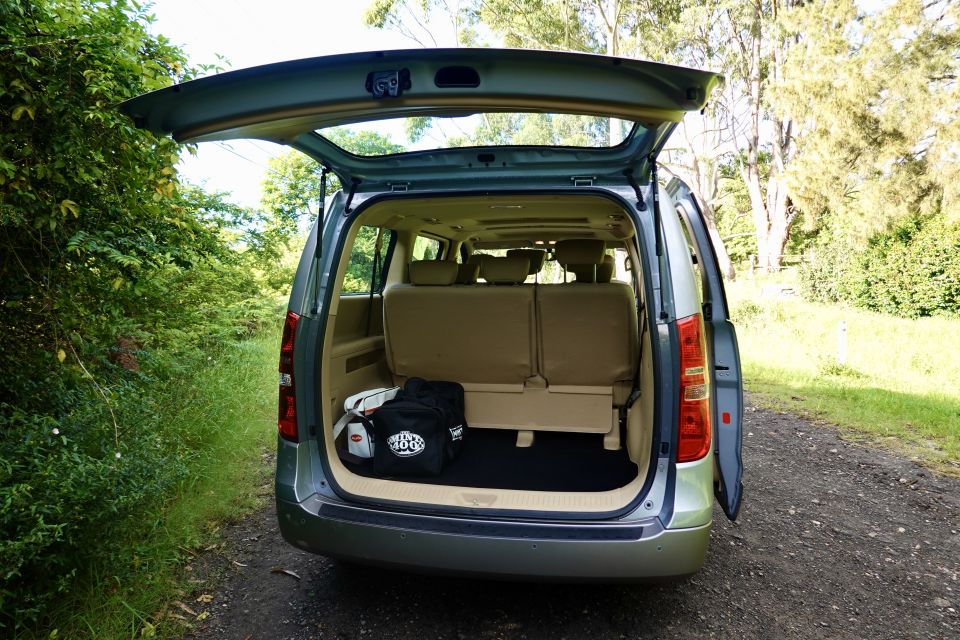
It’s one of the reasons the iconic Kombi featured so heavily in ’70s surf culture, along with the obvious aesthetic value of the design itself.
Of course there’s also the fact there are few better ways to haul around a large family in the iMax’s favour.
The iMax received a host of styling and specification upgrades for 2019 models.
Buyers can hop into the base iMax for $43,990 plus on roads – which represents a $3300 reduction from the previous iMax auto model, despite being equipped with more kit.
Stepping up to the top-of-the-range Elite on test here bumps the price up to $48,490 before on-road costs.
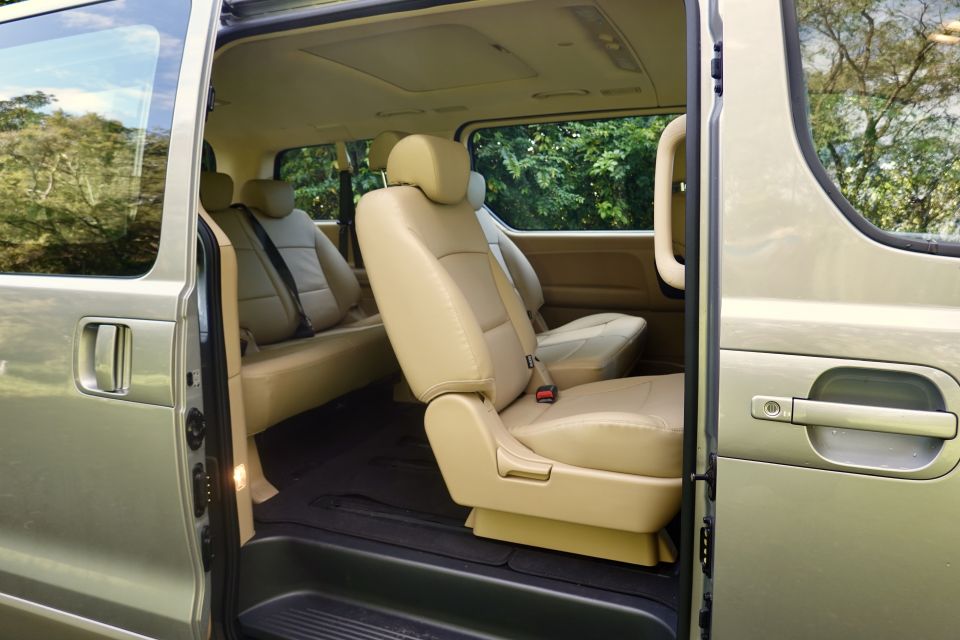
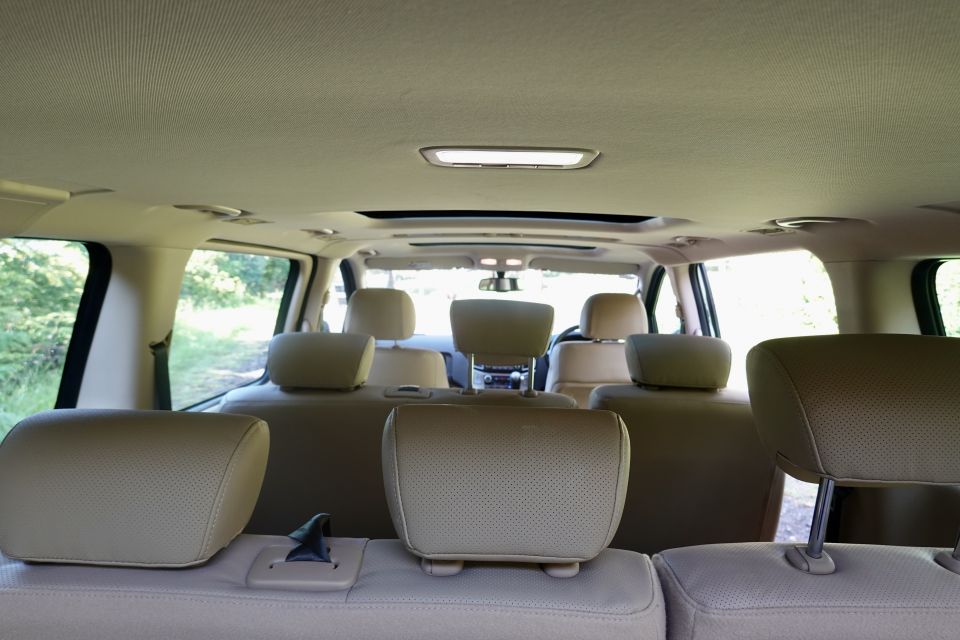
The iMax Elite with its large chrome-style grille is a smart look even in the silver paint job that was our tester. It’s even better with the two-tone paint with cladding.
The iMax remains a value-for-money proposition as an eight-seat people mover for houses with lifestyles demanding plenty of room for bulky gear and sporting goods.
At 5.15m long, it’s 10mm longer than the Mercedes-Benz V-Class and 45mm taller. It’s at the larger end of the segment, but could still access 100 per cent of underground carparks around my area.
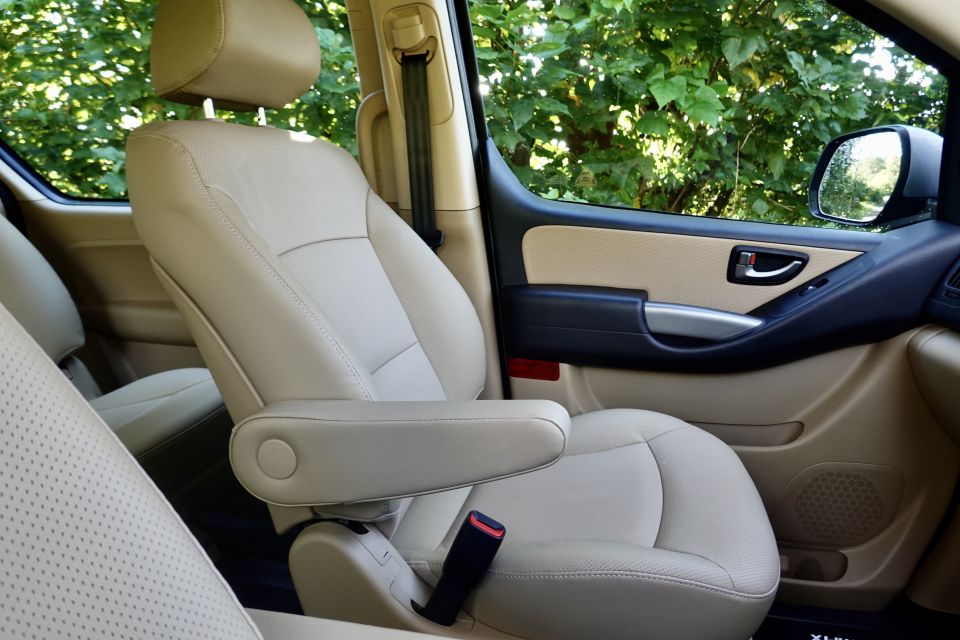
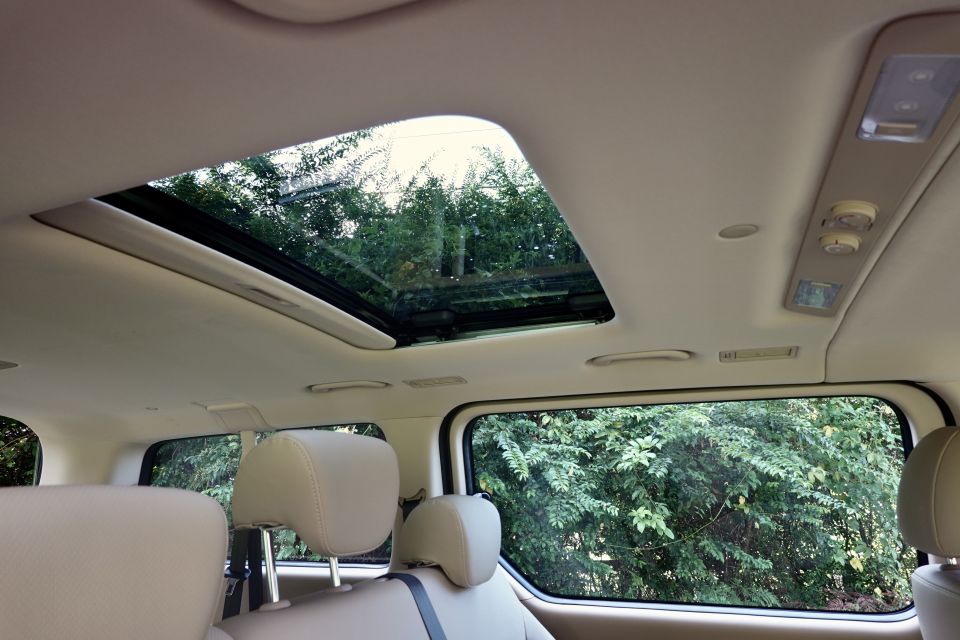
Along with the 7.0-inch touchscreen infotainment system, reversing camera with parking sensors, cruise control, and six-speaker sound system offered on the base model, the Elite gains 17-inch alloy wheels, dual sunroofs, leather seats, a ventilated driver’s seat, and a cooled glovebox.
From my perspective the Elite is the way to go, purely for the extra features and comfort laid on as part of its $4500 premium. I’m almost certain if these creature comforts were available as separate optional extras you’d be paying plenty more.
This is where the iMax falls down against most of its rivals, only scoring a four-star ANCAP rating. Bear in mind that was in 2009, when it was last crash-tested by the South Korean government test organisation under ANCAP supervision.
ANCAP tests are more stringent today, and require more active safety technology to score the maximum five-star rating. We note iMax scored 100 per cent for side impact, and 9.81/16 for the frontal offset crash test.
It only has four airbags, so second and third row passengers are without the same protection in that regard.
By way of comparison, rivals like the Kia Carnival, Honda Odyssey, Toyota Granvia, and Mercedes-Benz V-Class have all scored five-star ANCAP ratings, while the Volkswagen Caddy gets four stars, and the Chinese LDV G10 makes do with a three-star rating.
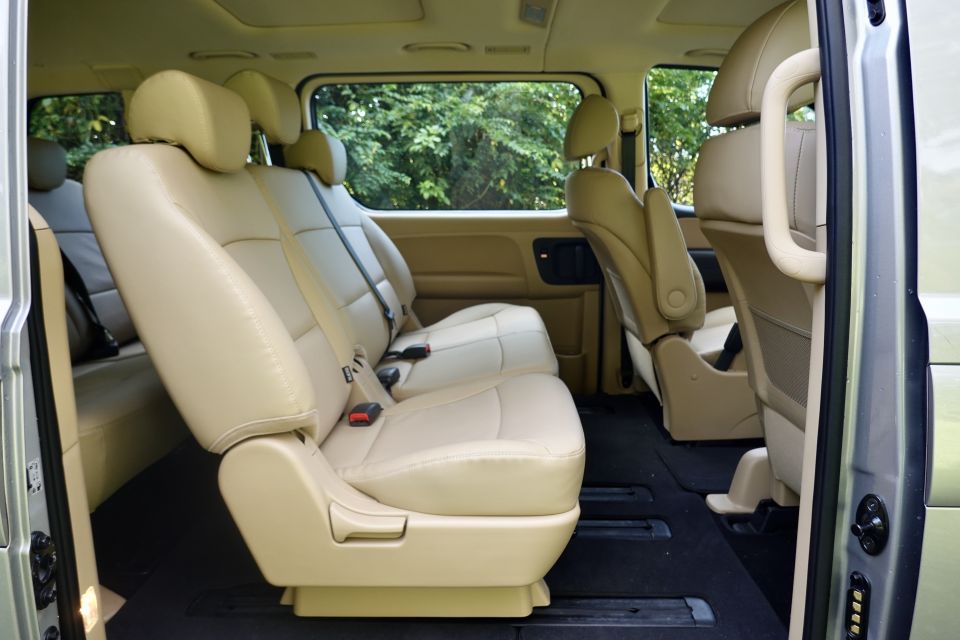
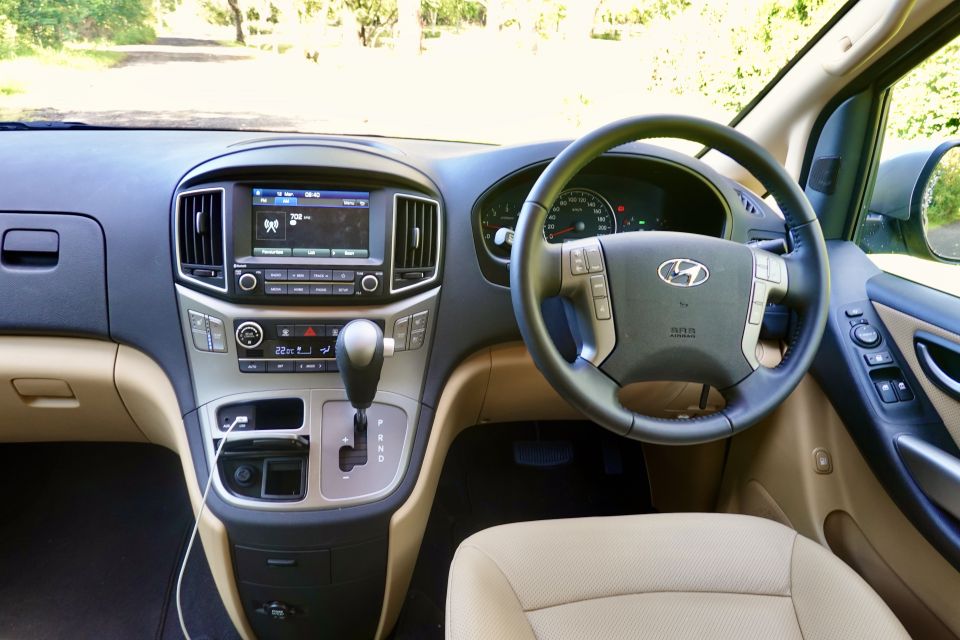
The beige leather upholstery isn’t something you expect to see in what is essentially an iLoad-based people mover. It’s a nice surprise. Not only does it look smart, the seats are comfortable and heavily cushioned, though they could do with a tad more bolstering – especially up front.
Those pews up front are also heated, while the driver’s is ventilated for extra relief on steamy summer days.
Another welcome treat are electrically-operated dual sunroofs, particularly the extra-wide one at the rear, which gives both second- and third-row passengers star-gazing capability.
The leather-wrapped steering wheel feels good to the touch, and there’s plenty of functionality built into the steering wheel, with audio, cruise and voice control buttons on hand.
There’s only one USB port up front, along with an auxiliary jack and 12V plug, but nothing down back which isn’t that great given its people-mover billing. Put that down to its age, or the fact I didn’t look hard enough.
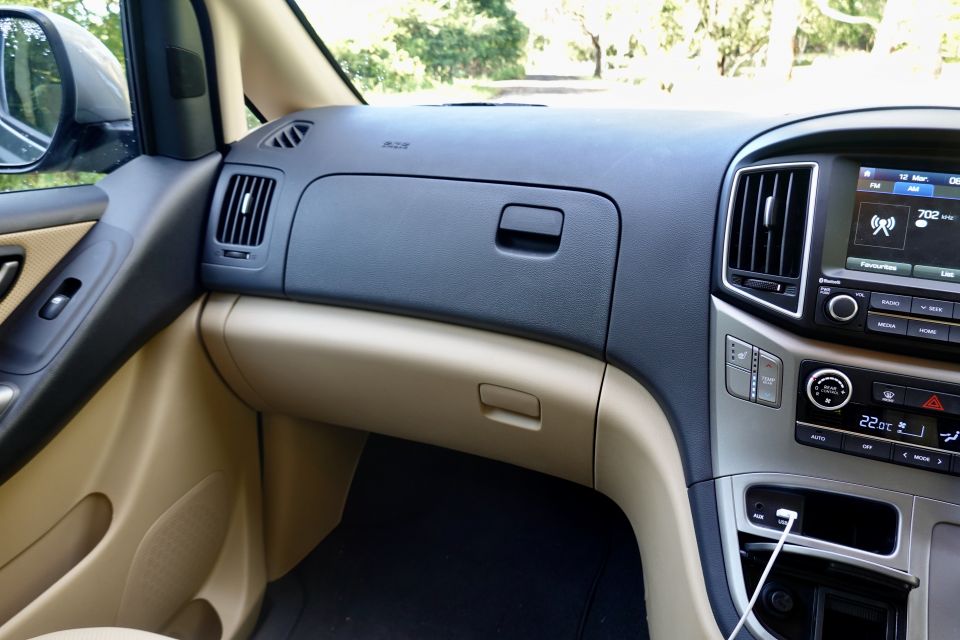
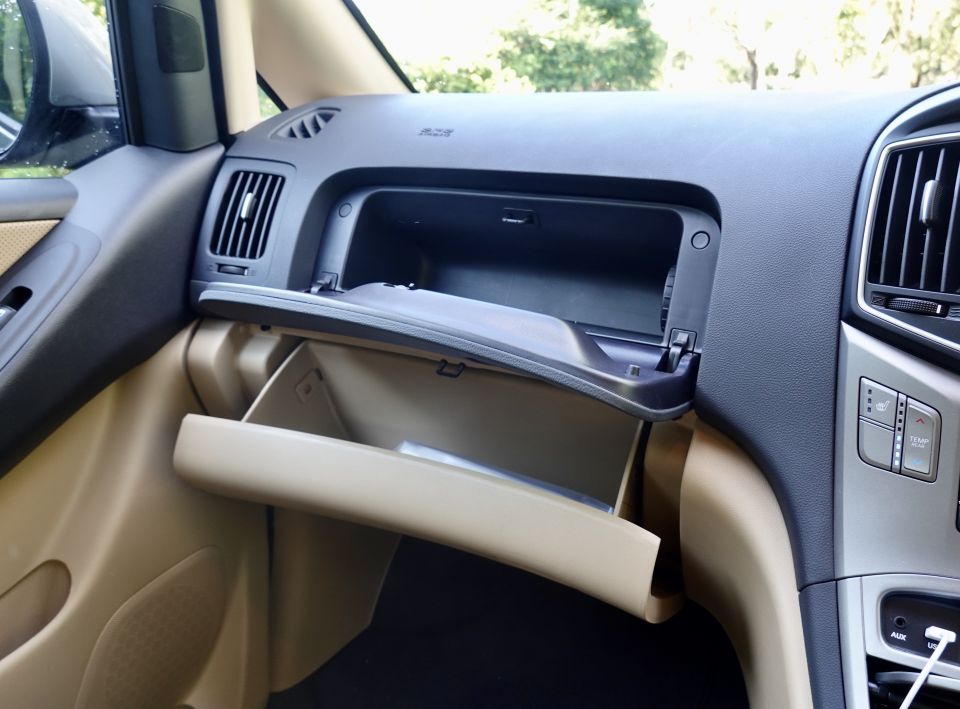
The silver brightwork, while basic plastic, offers a welcome contrast to the acres of beige inside. We also like the chunky grab handles for front- and second-row passengers because it’s a bit of climb to the front seats. The second-row door pulls feel equally sturdy.
Storage is largely excellent, with dual over/under glove boxes (the top one is cooled). There’s also multiple door pockets. You’ll surely need them because there’s no centre console bin, which can become infuriating if you’re used to having the option.
While the third-row seats do offer adult-size accommodation and there’s a decent capacity to slide the second row forward, kids or smaller adults will find the going easier back there.


I take issue with the fact that the seats don’t fold flat. In fact they barely fold at all. It really does rob the iMax of some of its utility potential, though we did manage to get a few boards through the huge rear tailgate.
It’s big enough for a family of five to shelter from the rain, but be aware when backing into a 90-degree parking space – leave at least 1.5m between you and the wall if you need to access the boot.
Here’s the thing, even if you have a car load of people, there’s still a massive 842L boot to swallow a pallet load of toilet paper if there’s another run on the stuff at Woolies.
There are plenty of cup holders for all three rows, as well as sufficient air vents to keep everyone comfortable back there.

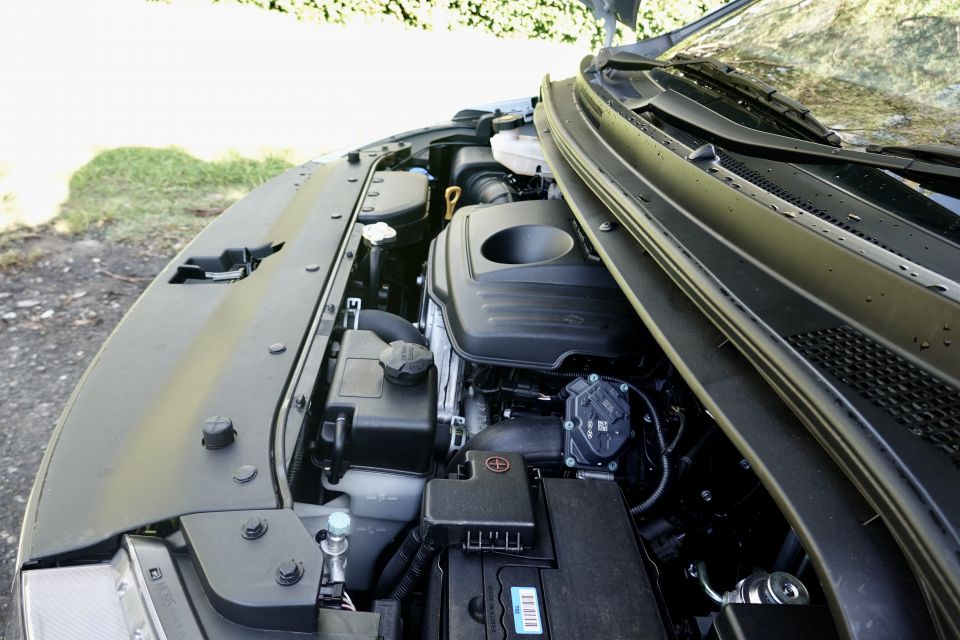
I’ve always had a soft spot for Hyundai’s 2.5-litre inline four-cylinder common-rail turbo-diesel, which makes 125kW of power at 3600rpm and a not too shabby 441Nm of torque from 2000-2250rpm.
There’s a decent 75L fuel tank capacity and if driven conservatively with four people on board you won’t have trouble matching Hyundai’s combined cycle figure of 8.8L/100km, but much of the time we were closer to 10.2L/100km.
I know this might seem odd, but I enjoyed driving the iMax – so much so I extended the test another week.
That 2.5-litre turbo-diesel has been around for a while, but don’t let that put you off because it’s a versatile powertrain and pairs well with its similarly-aged five-speed auto transmission. It pulls with a good deal of intent right from the get-go with a surprising lack of any turbo lag, and power is metered out relatively evenly.
At times we had a decent load in the vehicle and the iMax still managed to scoot up one of Sydney’s steepest hills with consummate ease.
The fact it only has five forward gear ratios is irrelevant here, and the shifts are relatively smooth. Insulation isn’t bad either. If you punish the throttle there’s a fair bit of diesel clatter, but you couldn’t call it gruff given the displacement.


I won’t go as far as to say that the iMax is fun to punt through corners, but let’s just say the rear-wheel drive nature of this vehicle makes it more fun to drive than it probably should be.
At its lightest the iMax tips the scales at 2186kg and much of that load is up high, but there’s no excessive body roll and it feels surprisingly composed.
The same goes for the ride, at least on the 17-inch wheels standard on the Elite tested here. There’s decent compliance over speed bumps and broken road – I know because we have three on our street.
Even the steering has good feel thanks to its old-school hydraulic rack and pinion set-up, though, far more useful for general duties is the 11.22-metre turning circle. It makes the iMax surprisingly manoeuvrable in underground carparks.
Even fully loaded the iMax is rated to tow up to 1500kg, but maximum tow ball weight is 150kg.
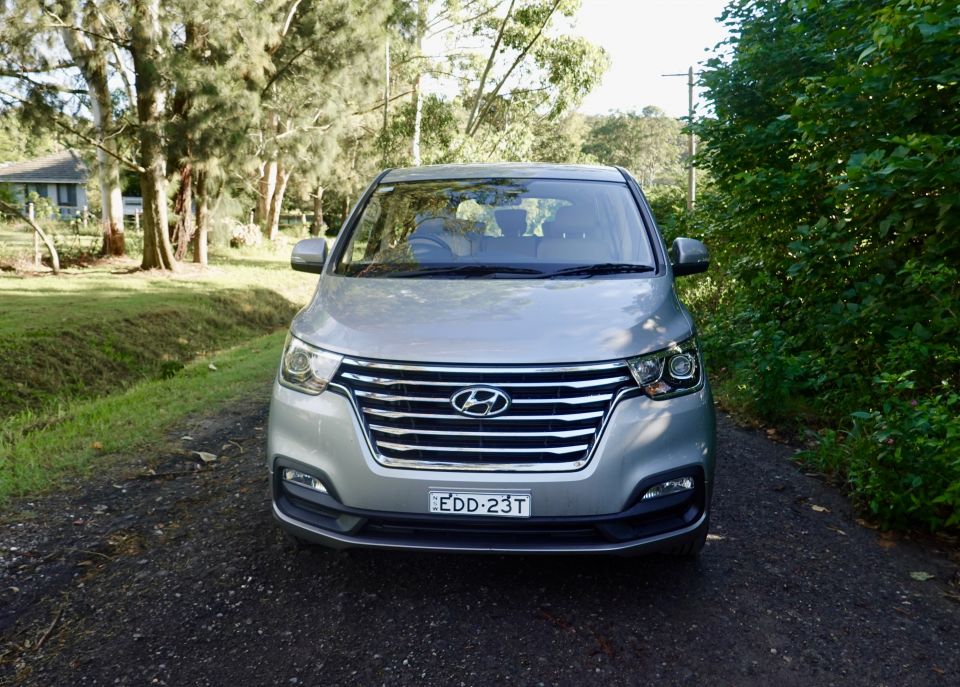
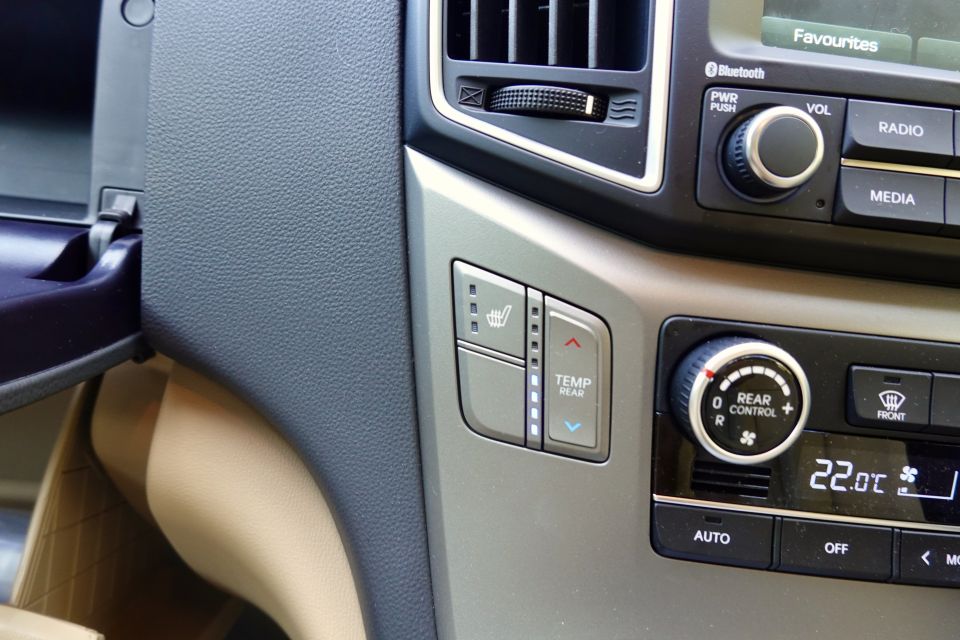
In-line with Hyundai’s entire range, the iMax is covered by a five-year, unlimited-kilometre warranty. There’s also 12 months roadside assist which can be doubled if you service with a Hyundai dealer.
Your new car warranty also includes a lifetime service plan. That’s capped-price servicing, but you have the option of saving a few bucks by pre-paying for three years ($1083), four years ($1597) or five years ($1958).
Services are scheduled every 12 months or 15,000km.
It definitely has its faults, most serious of which is the complete lack of active safety systems such as AEB, lane-departure warning, and even blind spot monitoring. It largely rules out the iMax as a family hauler for safety-conscious buyers.
If you can put that aside, there’s plenty to like about iMax such as its price, space, and features.
We have it from good authority that there’s a new model not too far away, but you’ll also likely pay more for it than the current version, which still represents bargain buying.
Where expert car reviews meet expert car buying – CarExpert gives you trusted advice, personalised service and real savings on your next new car.


Anthony Crawford
6 Days Ago


Matt Campbell
5 Days Ago


James Wong
4 Days Ago


Max Davies
2 Days Ago


Josh Nevett
1 Day Ago


Josh Nevett
20 Hours Ago